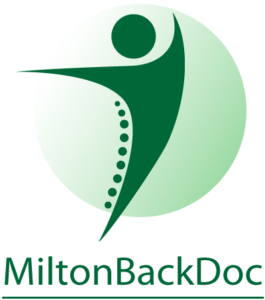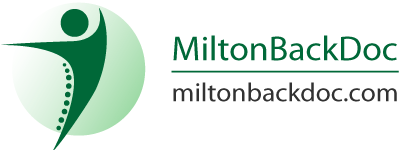1. Personalized Assessment and Diagnosis
- Medical History: Reviewing the patient’s symptoms, medical history, and any previous treatments.
- Physical Examination: Testing balance, gait and co-ordination to identify specific deficits. Assessing the neck, as there ae accessory mechanism that provide feedback and feed-forwad mechanisms to maintain balance. Ruling out of more serious central nervous system conditions that would warrant another referral.
- Eye Movement tests: Tests used to check your vestibulo-ocular reflex, look for nystagmus, or tests involving cameras that track your eye movements while you look at different stimuli.
2. Customized Exercise Program, Tailored to the Patient’s Examination findings
- Gaze Stabilization Exercises: To improve control of eye movements and reduce dizziness. These exercises involve focusing on a stationary object while moving the head, and after initial instruction, need to be done at home to see results.
- Balance Training: Exercises to improve balance and reduce fall risk. This may include standing on one leg, walking heel-to-toe, and using balance boards and pads.
- Habituation Exercises: To reduce the severity of dizziness by gradually exposing the patient to the movements that trigger symptoms. These can be unpleasant at first, so make sure to discuss your level of symptoms with your treating health care provider.
- Canalith Repositioning Maneuvers: Specific maneuvers, such as the Epley maneuver or half somersault maneuver, used to treat BPPV by repositioning the displaced crystals in the inner ear.
3. Education and Lifestyle Modifications
Education is a key component of vestibular rehabilitation. Patients learn about:
- Understanding Symptoms: How to recognize and manage symptoms.
- Activity Modifications: Strategies to cope with symptoms during daily activities.
- Safety Measures: Tips to prevent falls and maintain safety at home and work.
Benefits of Vestibular Rehabilitation
The benefits of vestibular rehabilitation are numerous and can greatly enhance a patient’s quality of life:
- Reduced Dizziness and Vertigo: Targeted exercises help alleviate these distressing symptoms.
- Improved Balance: Enhanced stability and reduced risk of falls.
- Increased Mobility: Greater confidence and ability to perform daily activities.
- Enhanced Quality of Life: Overall improvement in well-being and independence.


